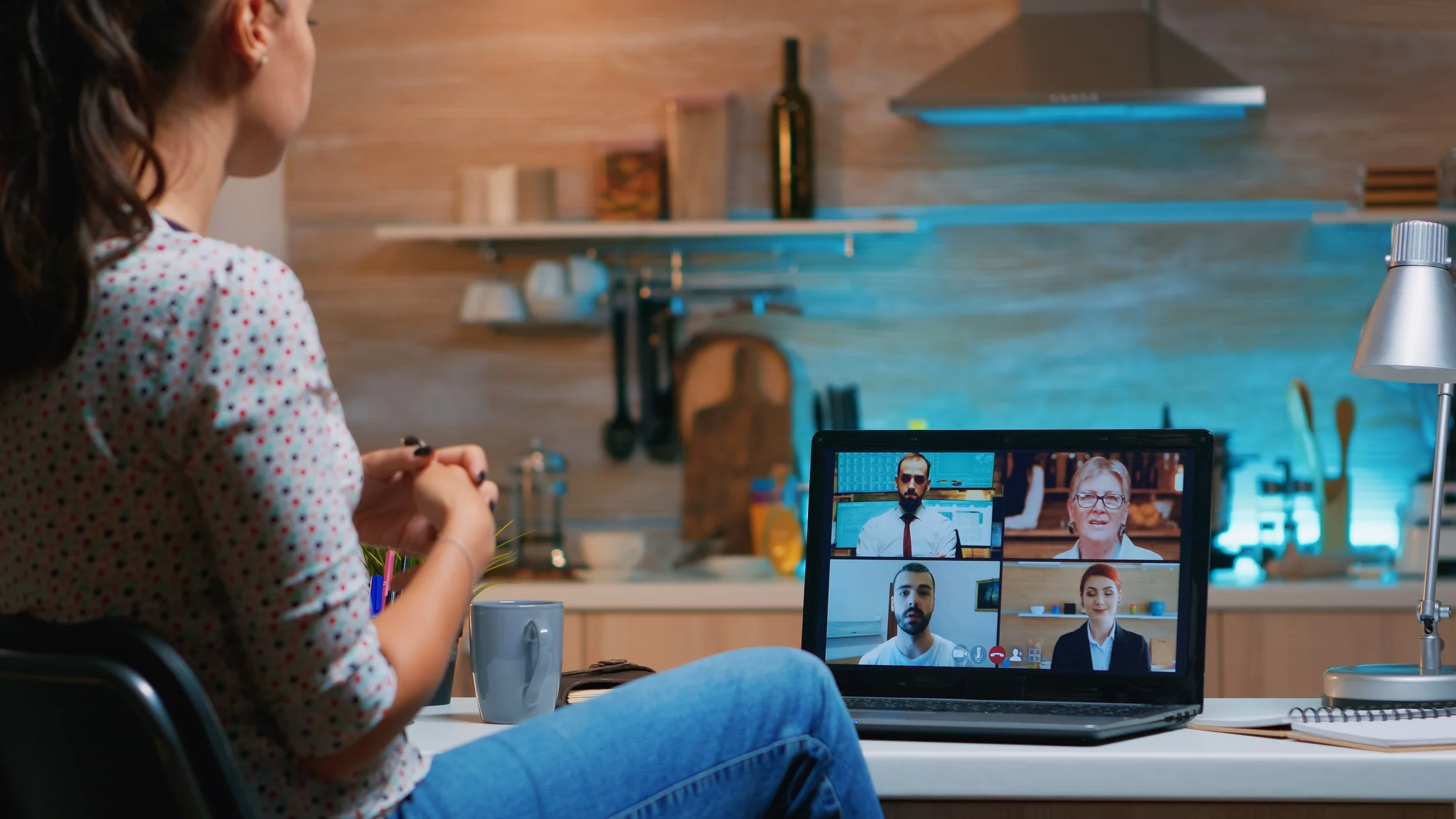Life Hacks for Mobility Challenges: Dress with Success
When you’re living with a rare disease or loving someone who does, mobility challenges can be both physically and emotionally demanding. Here are some tips for dressing with easiness.

Image by freepik
Getting dressed is that symbolic acknowledgment that you’re ready to tackle a new day. But when you have mobility challenges, getting dressed can quickly zap you of your energy and leave you feeling fatigued and frustrated.
First off, if getting dressed is a challenging task, be sure that you leave extra time for it in the morning. It might mean waking up a little earlier but trying to rush to get dressed will probably only make it harder and more frustrating.
Today, there are so many adaptive items that can make dressing easier for those with mobility challenges. Plus, there are more mainstream designers, such as Tommy Hilfiger and Target, who are designing adaptive clothing lines.
The goal is to find struggle-free items tailored to your mobility issues so you can reduce dressing time, minimize movements required to get dressed, and lower the overall stress level.
Here’s a list of some adaptive options:
Zipper pullers and button hooks – make it easier on hand mobility to grasp and pull zippers or button shirts.
Magnetic front closure shirts use magnetic buttons.
Sock pullers and long shoehorns help socks and shoes slip on more easily.
Women’s open-front underwear and front-closure bras for easy on and off.
Adaptive neckties that slip over the neck and adjust.
Slip-on shoes, shoes with magnetic touch fasteners, or coil shoelaces that do not need to be tied.
T-shirts and other over-the-head shirts that have hidden magnetic closures to expand the neck opening.
Open-back shirts and sweaters that allow you to place arms in one by one and secure snaps at the shoulders.
Magnetic closure buttons are used in shirts, vests, sweatshirts, and jackets for easy closing without needing to fasten buttons or pull together zippers.
A few more quick tips.
Consider laying out your outfit the night before. That way, you’ve already done some of the mental work to choose an outfit – and you’ve done the physical prep to have it handy.
Try and dress in a seated position (if that’s helpful). That can help with balance and minimize the energy you spend getting up and down. It’s best to have a chair handy instead of sitting on a bed, which can be higher up and harder to gain stability.
Start with the lower half first as that can be more challenging and fatiguing.
Latest From Know Rare
Evelyn is a medical marketing writer and editor with more than 25 years of experience creating promotional and educational materials for healthcare professionals and the public. With a diverse background in pharmaceutical advertising and natural products consulting, she understands the clinical and regulatory issues surrounding drug marketing and prescribing, patient education and engagement.






























